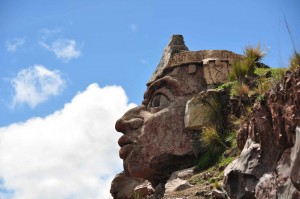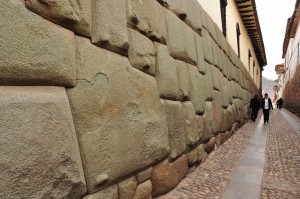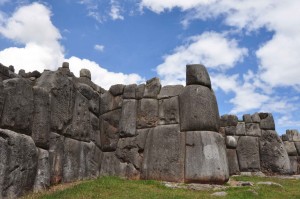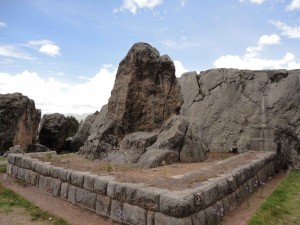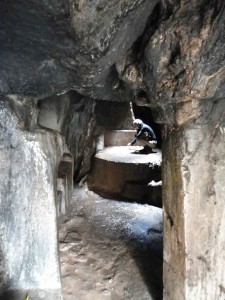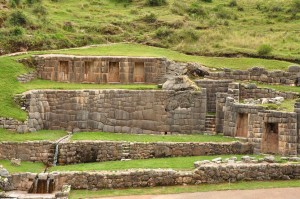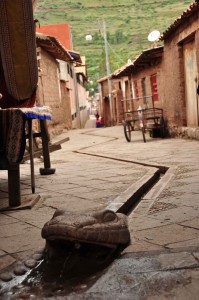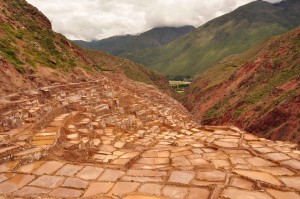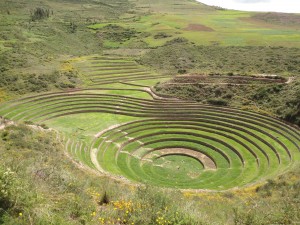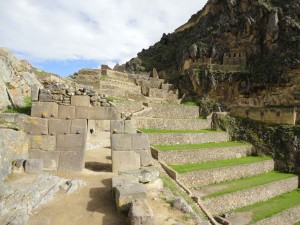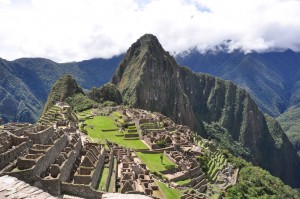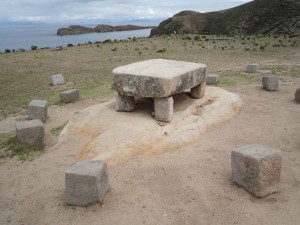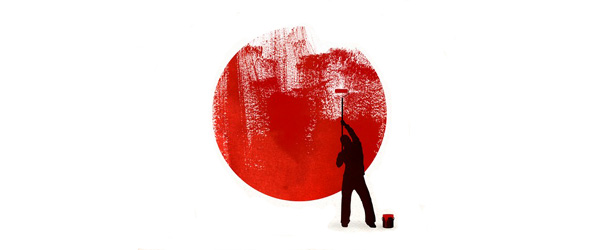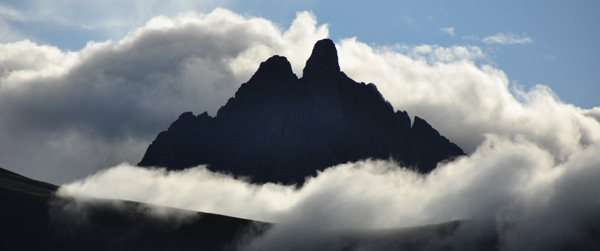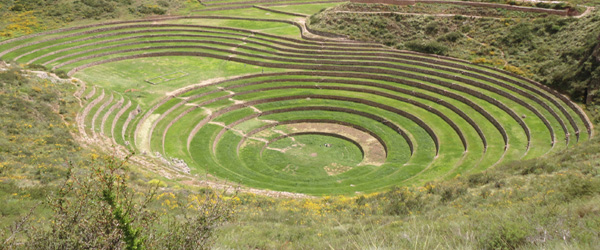There are some places that from the moment they are mentioned regale the senses with a certain mystique, appeal and promise – the Galapagos Archipelago is one of these and it doesn’t disappoint. Darwin famously visited this place as part of his 5 year voyage around the world aboard the ‘Beagle’ as a naturalist in the 1830’s. His discoveries, subsequent writings and contemplations as a result of what he found there, became a central piece in later moulding his revolutionary theories of evolution entitled the ‘Origin of the Species’. An idea spawned from the simple indisputable truth that all things must evolve to adapt to their environment by necessity. There is evidence for this everywhere in the Galapagos – a place where each island has evolved its own variations on single common species such as finches (same species, 4 different beaks), iguanas and tortoises amongst numerous others, all uniquely endemic to the islands. A ‘perfect evolutionary petri’ dish, crafted over time and apart from a few pirates and whalers, largely bereft of humans, enshrining it in legend.
Thanks to Darwin, in my minds eye I had envisioned giant turtles, exotic birds, vibrant sea life and lizards all independently going about life’s evolutionary endeavour, blissfully free of complication. What is most striking and perhaps unique amongst wildlife experiences though is the incredible timidity of all the animals. Birds you can walk up to and pick up; seals you can pat; fish you could touch; turtles and tortoises you can ride or iguanas that simply didn’t care you existed – not that you can do any of those things, but you get the point. Unlike anywhere else I’ve traveled it provides the opportunity to get intimate with a nature devoid of fear – pure photographer fantasy, Megumi was in heaven. While the diversity is not that great here, it is these micro details that fascinate, making it a superb naturalists encounter. Preserved if not identical to Darwin’s own experience, then a very close second and happily still able to invigorate the same evolutionary questions, wonder and awe at the mystery’s of life, even in spite of the packaged nature of the experience.
The Galapagos Archipelago is located just under a thousand klicks off the shore of Ecuador, right on the equator in the Pacific Ocean. You have to fly in obviously and given that there are 15 or so volcanic islands (5 major ones, 4 populated), up to 100km distant from each other and separated by major oceanic currents, there is a lot of ship-work involved simply to get around and see any of them. The most common way to experience this as you would probably expect then, is via a fully catered cruise aboard some kind of floating vessel, usually ranging between 4-8 nights (diving is extra) winding its way through the Islands and marine national parks. Cruises aren’t exactly amenable to the average backpacker budget, but this was one of those things (like Safari’s in Africa) that we had budgeted some cash to throw at and do properly.
In Quito, the capital of Ecuador, we spent several days scoping out Galapagos “last minute” travel agencies – they are ubiquitous here, busily discounting final places in various types of cruise ships (the majority luxury) to try and fill them up. It is the easiest way to get a cheap deal, usually 30-50% discounted from the prices you might pay back home. If you are really ambitious you can fly to the islands directly (about $400), stay in a hotel in Puerto Ayora and either do some day trips to the bigger islands or try your luck on a last minute deal directly with the boat captains to get the cheapest possible ride. It does take time and patience though and there are usually only limited possibilities from the island. Given it was New Years Eve and peak season, we played it safe, we tried for a yacht or catamaran but watched the only viable option disappear before we could secure it. In the end, we went with the cheapest 5 day option we could find, which also worked out to be the most opportune timing. All in, it cost $650 pp incl. snorkelling – plus flights & park fee’s, we skipped the diving unfortunately – got to draw the line somewhere. Give us an excuse to go hammerhead hunting some other time.
24 hours later, we are landing on a treeless, desert island, met by our guide at the airport and ushered along with a Columbian couple, 2 English guys, a Frenchmen and 3 Austrians aboard our small craft, the “Flamingo”. It quickly became obvious that ours was the cheapest boat afloat in the harbour that day, dwarfed as it was by the various yachts in its vicinity and most worryingly, heavily listing to one side! Our cabin was a double bunk with its own bathroom in the rear of the boat and quite honestly compared favourably with a Japanese apartment – this we could do. The 5 crew, our guide (required by law) and 8 fellow customers were all friendly and agreeable and within minutes we were all eating an impressive 3 course lunch in the small dining room and sitting on the roof lounge heading out to sea for our first look at a Galapagos Isle. We felt right at home, cheapest option it might be, but it felt like a great service.
For the 5 day cruise, we had chosen the Southern Loop, which has the better wildlife, apparently but there is also a 4 day Northern loop and when combined they form an 8 day overall program. It seems almost all cruises follow the same basic formula though. Quickly the days fell into a routine: Breakfast at 6.45am, land on an Island with our guide at 7.30am and explore the wildlife, travel to our next destination, lunch, another guided walk or some snorkelling, dinner, a few beers and an evening migration to the next Island on our itinerary.
The highlights and specifics of the islands I have journalized below.
Isla Seymour
After arriving, we headed an hour or so north of the airport on Balta to this Island, trailed the whole way by a fleet of Frigate birds – their distinctive silhouettes providing a secure escort. A guided walk around the small island revealed a bizarre desert landscape, Beaching from our dingy, hundreds of bright red crabs covered the black volcanic rocks and aquatic iguanas sunned themselves. Here we encountered frigate birds nesting in their hundreds; young juveniles sitting on bushes within easy reach and males in the midst of their own stunning mating rituals. Their red chests billowing out like balloons as they worked hard to attract a mate. The timidity of the wildlife is totally unique, I have never felt anything like it; both birds & lizards allow you to stand within cm of them without flinching. In the evening, we went for a snorkel and took in some of the marine life – we saw numerous sting rays, seals, some white tipped sharks and tonnes of colourful fish.
New Years Eve on a boat in the middle of the Pacific was a strange event, one of the English guys had a birthday so the crew cooked a cake. Afterwards everyone else crashed; a long day and the prospect of an early start overcoming any potential fervour for a new year. I stayed up with the English guys drinking beers for a while, before they too called it a night. Alone by 10pm, I took in the stunning night sky for a while before I joined them. On the equator you can view both the Northern and Southern sky together – the big dipper and the Southern Cross in one sky. So much for the countdown though – don’t know if I have ever missed it before. .
Isla Plaza
Arriving early in the morning on New Years day, this arid island was one of the prettiest. Covered in aging cactus tree’s, several metres tall yet growing only 1cm per year. Hiding beneath the cactus trees waiting for the cacti flowers or segments to fall from the wind – large, colourful, yellow Iguanas piled on top of each other. Along a cliff-face on one side, we saw thousands of birds – pelicans, frigates, nocturnal gulls and tropic birds (plus many more Iguanas) swooping over the volcanic rock faces covered with Red and black crabs. On the far end of the Island spread across bright red heath were lone male sea lions both aged and juvenile, striking lonesome poses in their exile. Near the beach complete families of seals played under the watchful protection of the large male heads of the family, patrolling the nearby ocean for sharks.
Isla Sante Fe (Barrington)
After watching eagle rays jump out of the water either side of the boat, in the late morning, we headed here, a trip of about 2 hours. We then went snorkeling for a few hours, before a later afternoon walk along the beach trail. We saw many more sting rays here lying in the sand, plus lots of large sea turtles and aquatic iguanas swimming – several seals also swam along side us. The walk revealed the by now usual array of seals, iguanas and bird-life – almost the same old thing already, but somehow always new and fascinating. Spent quite some time playing with the seals here – the young ones so fearless that you could almost lean cross and kiss the pups. Mothers, brothers and sisters all spooned together sleeping on the side.
Isla Espanola (Hood)
Travelled til late in the night to get here and woke up moored off a beautiful cove. Made landfall about 7.30am on 2 small beaches covered in Sea lions and cubs. There were Iguana’s absolutely everywhere here – but differently coloured, exotic variations of red and green. Further inland we found thousands of birds nesting along cliff paths, a Galapagos hawk, several blue footed & innumerable regular boobie families; yellow beaked albatrosses and numerous gulls and finches with their young, eggs lying around, some even abandoned on the paths.
Later we moved around the island to Gardner Cove to a beautiful long white sandy beach covered in seals with rocky outcrops and grasses. While it rained a little, we went snorkeling and found hundreds of large sting rays (Eagle & Golden Rays) buried in the sand along the ocean floor; numerous massive sea turtles grazing on the sea grasses by the shore; some sea snakes and other fish; a massive black sting ray and a Galapagos shark, it’s dark silhouette cruising by at speed as it hunted baby seals from the cover of the breaking surf.
Isla Santa Maria (Floreana)
Arrived late at night and got up at 6am for a snorkel from the boat. It was cold in. A strange way to wake up – but both the place and the ticking tour clock beckoned seductively. Had the pleasure of swimming with a dozen or so giant turtles though, all passively feeding on the sea grasses, some dwarfed me, almost 2m in length. Later we went ashore to explore a lava tube, a 300m or so underground tunnel and visited the post office – a barrel traditionally used by whalers and pirates to deposit messages to loved ones. The concept is still in play it seems – review the messages left and find one you can assist in helping on its way. Megumi sent herself a postcard and in return picked up a couple of other Japanese ones to deliver.
Later, we went around the other side of the island to explore a fresh water lake. We were hoping to see flamingo’s here, but it being only the start of the wet season there was no fresh water and none to be found. To be honest there was not much on this Island apart from turtles, nesting and laying eggs on the beaches and hovering in the surf offshore in their multitudes, plus a few stray penguins and seals, one of which jumped onto our boat. Later we had ourselves a snorkel at Devils Crown, a volcanic crater forming a ring just offshore – full of starfish and a myriad of other exotic fish, this was a great experience. A pelican unperturbed by me blocking its way snorkeling, decided to just leverage itself over my head with its webbed feet – not shy at all. We passed several huge turtles snorkelling on the way back to the boat – one was so unfazed by 5 wetsuited humans that we spent 15 minutes poses for photos with it. Later as we left the island, we saw a large pod of dolphins carving their way across the horizon.
Isla Santa Cruz
Our last stop was Puerto Ayora, the main city of the Galapagos Isles and absolutely wall to wall with t-shirt shops, tourist trinkets, restaurants and travel agencies. Here we visited the Darwin Centre, a research station focused on restoring giant tortoise stocks. The giant tortoises of the Galapagos where largely decimated by pirates and whalers. Darwin reports that when he was here, sailers would catch up to 100 of these in a day; slow and easy to track as they carved their wide paths through the undergrowth, some required up to 8 men to carry. Once tortoises were caught, they were usually stored alive in the holds of the ships so they could serve as fresh food during the long ocean journeys. Little wonder there are only a few left on the smaller islands. At the Darwin Centre we saw “Lonesome George”, the last tortoise of his species, from the island of Punta in the North and probably the most famous tortoise alive. He was shacked up with two female related species of tortoises from another island, trying desperately to entice him into some reproductive genetic action, poor bloke. After the tour, we said our farewells to both the crew and shipmates and moved into a hotel in town for a couple of days. This is an easy option if you want to extend your cruise with an extra day trip or some diving or simply soak up the island life a little more and the local cuisine.
The next day, we headed inland soaking up the cooler, wetter climate of the highlands to explore the El Chato tortoise reserve and Rancho Principia. Both play host to a ridiculous number of giant tortoises that are littered all over the place. Lumbering, huge and elephant like, they carve huge paths through the dense bush in all directions from water holes and are easy to find. We must have come across at least 100 In our wandering around. The highlight was probably springing a couple mating – a long slow 2 hour ordeal, where the male pins the female with his neck and tries to through a leg over. Poor chick, it’s a pretty uneven contest.
Afterwards, we headed to Tortuga bay, a beautiful white beach and sheltered bay covered in land iguanas, pelicans and sea turtles a 2 or 3km walk from the town; a perfect place to relax, ahead of a return to the mainland. In the end we decided to skip the 2 bigger Islands of San Cristobel and Isabela, but it didn’t feel like we had missed much, we left well sated and did not want to overdo it.
![Postcards from Galapagos There are some places that from the moment they are mentioned regale the senses with a certain mystique, appeal and promise – the Galapagos Archipelago […]](http://meltingplots.com/wp-content/uploads/2011/01/galapagos7.jpg)

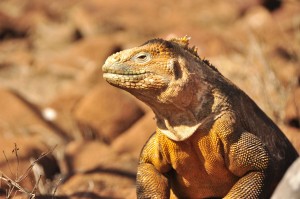
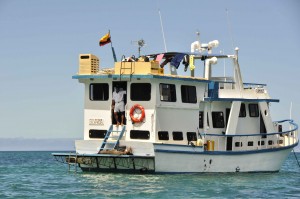
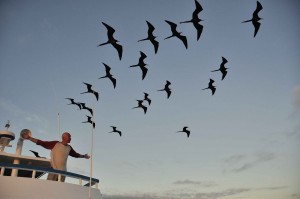
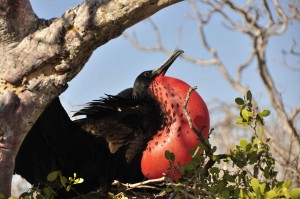
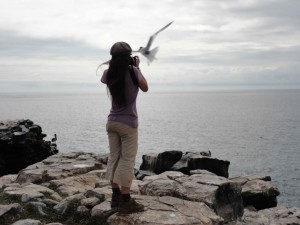
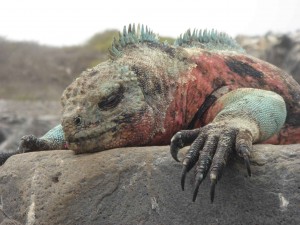
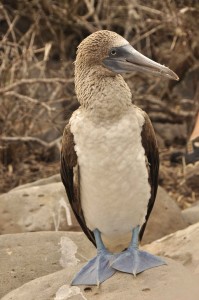

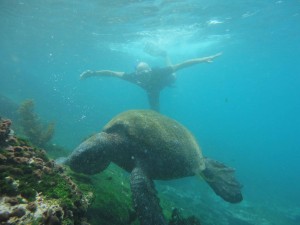
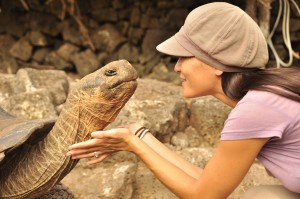
![Of Mayan Imaginings The Mayans are one of those great mystic ancient civilizations, like the Egyptians and the Khmers of Angkor Wat, they suffered a demise so sudden […]](http://meltingplots.com/wp-content/uploads/2010/12/Top1.jpg)

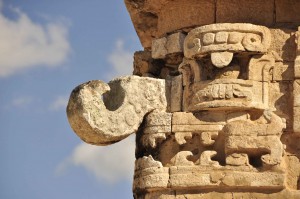
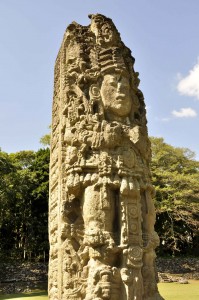
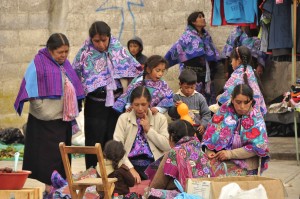
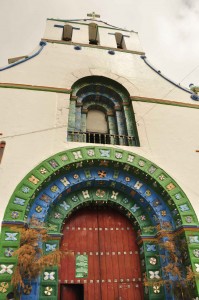
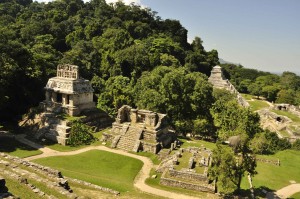
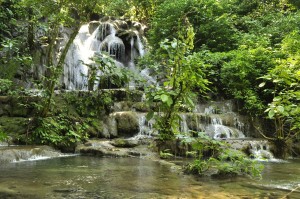
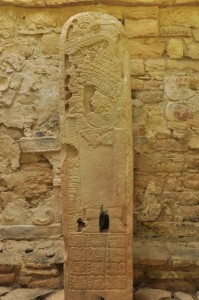
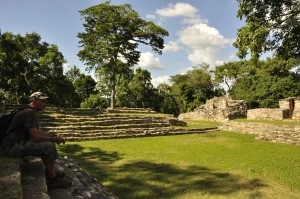
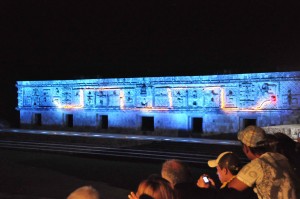
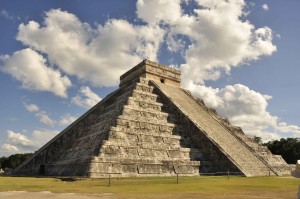

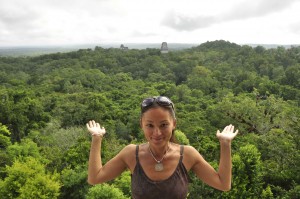
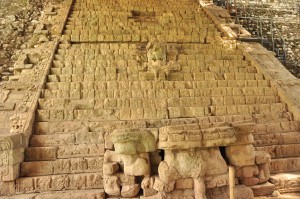
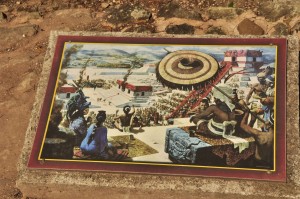
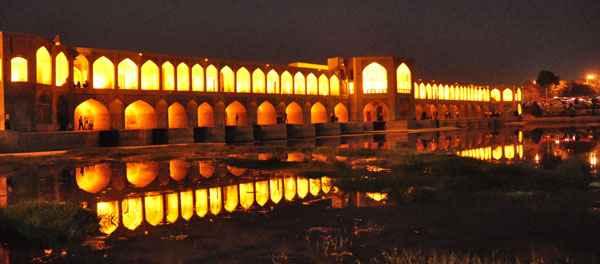
![On Safari in Tanzania Ego bruised and body still numb from our Kilimanjaro adventures, stage two of our Tanzanian explorations involved a 5 day camping Safari taking in 4 […]](http://meltingplots.com/wp-content/uploads/2010/05/zebra2.jpg)
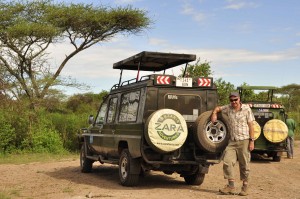
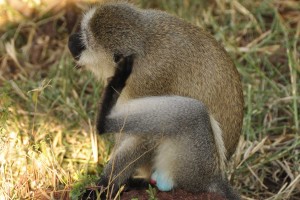
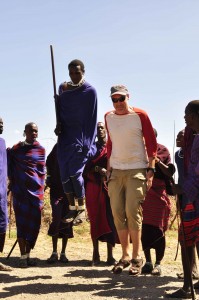
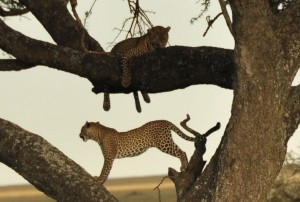
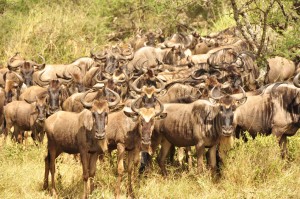
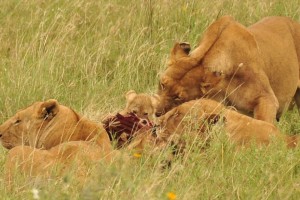
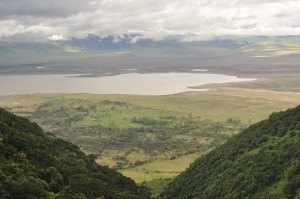
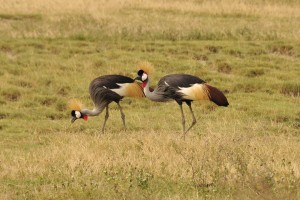
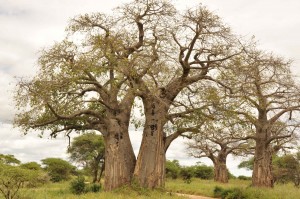
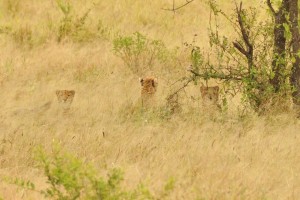
![India – The Sights It appears that detailed, timely blog postings on our adventures has proven to be a most elusive skill so far in our travels. So… in […]](http://meltingplots.com/wp-content/uploads/2009/12/DSC79471.jpg)
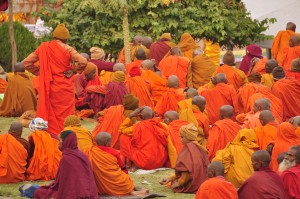
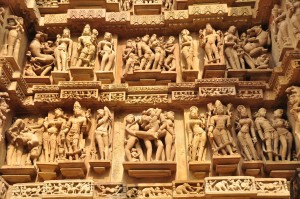
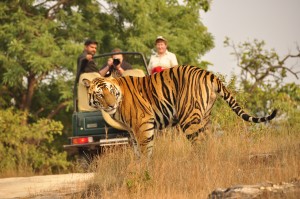
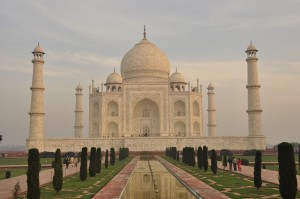
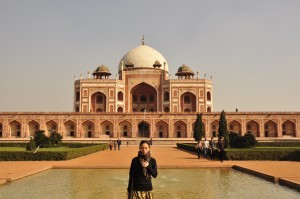
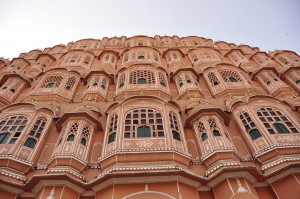
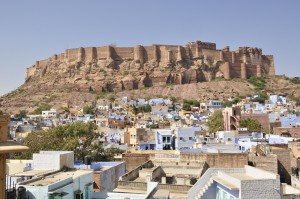
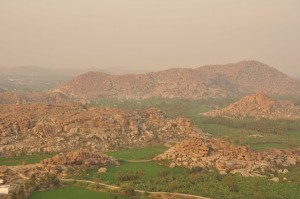
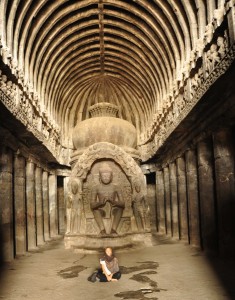
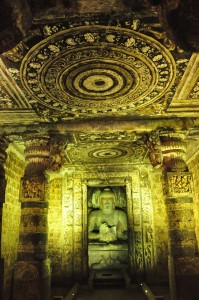
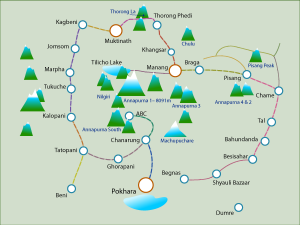
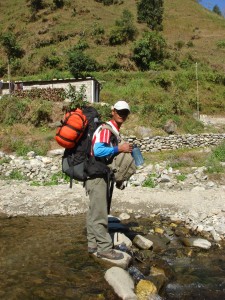
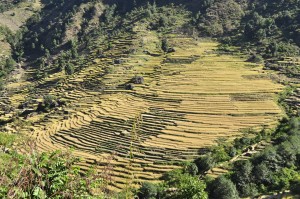
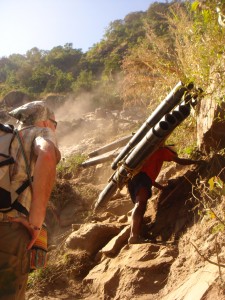
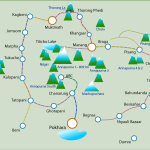
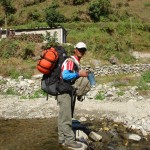
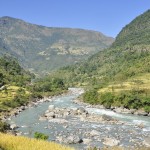
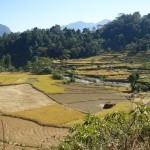
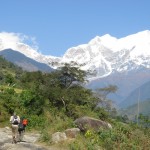
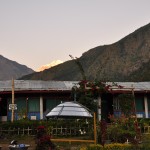
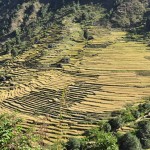
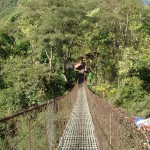
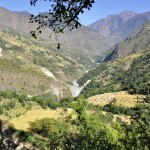
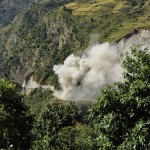

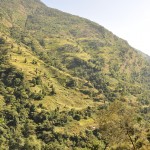
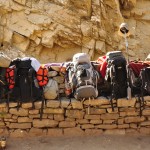
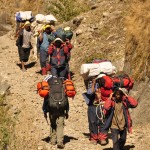

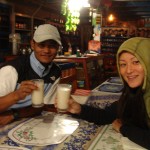
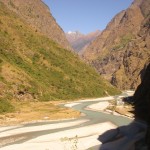

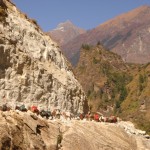
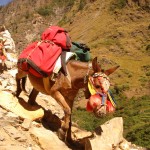
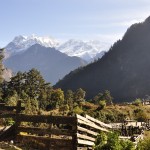
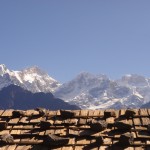
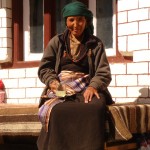
![12 Days in Bolivia We had originally planned on several weeks exploring Bolivia’s fantastic landscapes, but the universe had intervened and we had been forced to reduce things to […]](http://meltingplots.com/wp-content/uploads/2011/04/Mirror1.jpg)
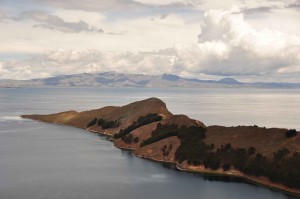
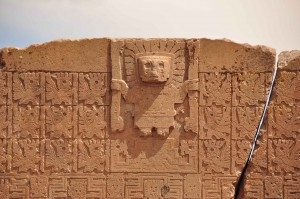
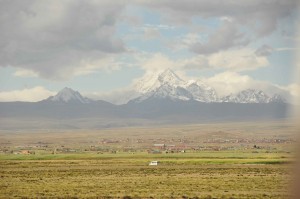
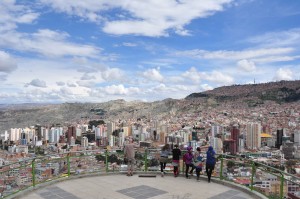
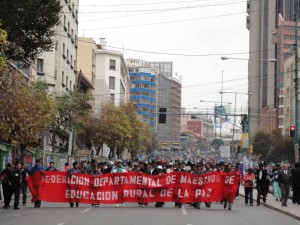
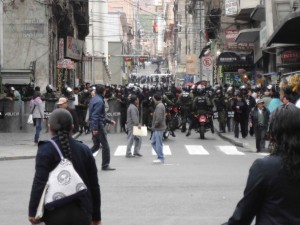
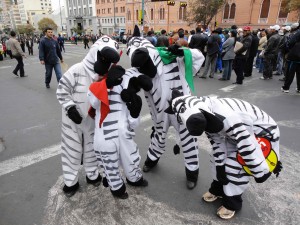
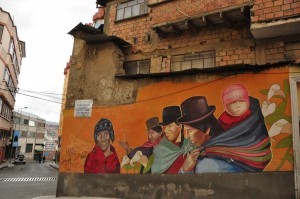
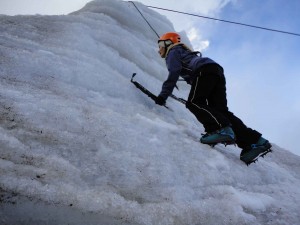
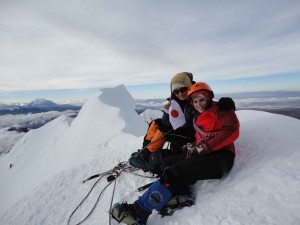
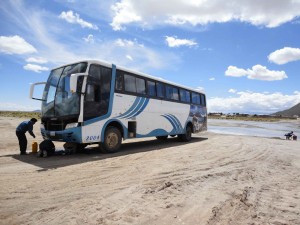
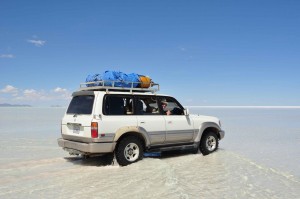
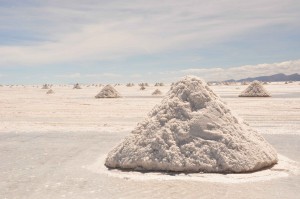
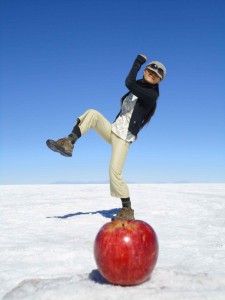
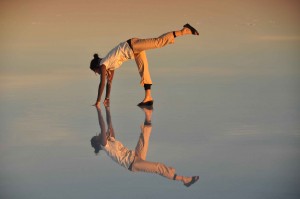
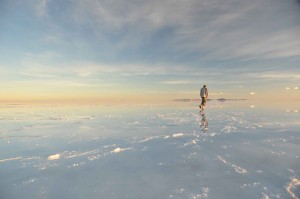

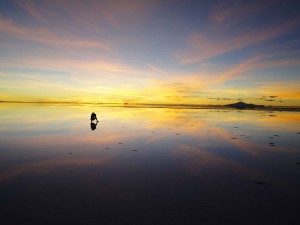
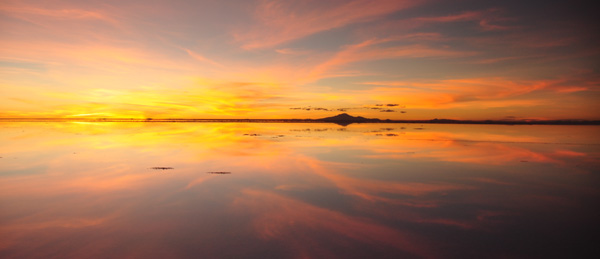

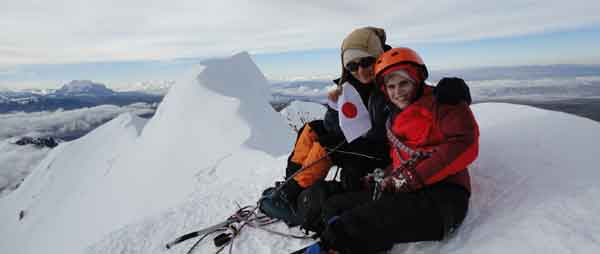
![Connecting with the Sacred Incan Legacies I wasn’t expecting much from the Incan sites to be honest, while I wanted to do Macchu Picchu, I hadn’t really given the Incan’s too […]](http://meltingplots.com/wp-content/uploads/2011/04/Machu3.jpg)
